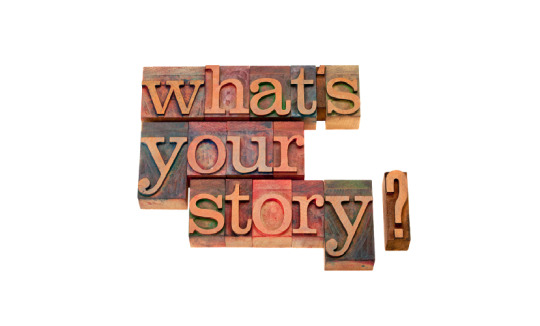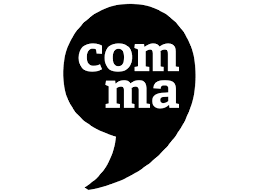
The comma is perhaps the most puzzling mark of punctuation. The rules for using commas are numerous and can seem so arbitrary. Look at the sentences below:
Historically the comma is derived from the diagonal slash which was used to indicate a pause. [incorrect]
Historically, the comma is derived from the diagonal slash, which was used to indicate a pause. [correct]
It seems, that the comma can be removed in the first example. However, its presence becomes justified if we read the sentence aloud — we make a short pause after the word historically and slash, precisely the place where the comma should be. A useful rule of thumb is to place commas where one makes a pause in speech.
Rule of thumb: a comma indicates a pause in speech.
When in doubt, read the sentence aloud. If you pause at some place, insert a comma to mark the pause.
Still, commas are more than simple pause-markers; they help the reader understand the structure of the sentence and resolve ambiguity. Compare the two sentences:
The students who passed the exam went on a fieldwork trip.
The students, who passed the exam, went on a fieldwork trip.
The sentence without comma means that only those students who passed the exam went on a trip. The sentence with commas means that all students went on a fieldwork trip, and they all, by the way, passed the exam.
Below are a few rules about how to use commas correctly.
1. Use commas to separate items in a series of two or more things.

That last comma, known as the serial comma, Oxford comma, or Harvard comma, is not obligatory, and causes serious controversy. For example, while U.S. and Canadian English often use of a serial comma, U.K. and Australian English do not. Although many consider it unnecessary, others insist on its use to reduce ambiguity.
There’s an Internet meme that demonstrates its necessity perfectly. The sentence, “We invited the strippers, JFK, and Stalin,” means the speaker sent three separate invitations: one to some strippers, one to JFK, and one to Stalin. The version without the Oxford comma, however, takes on an entirely different meaning, potentially suggesting that only one invitation was sent — to two strippers named JFK and Stalin.

2. Use a comma between two adjectives that modify the same noun.
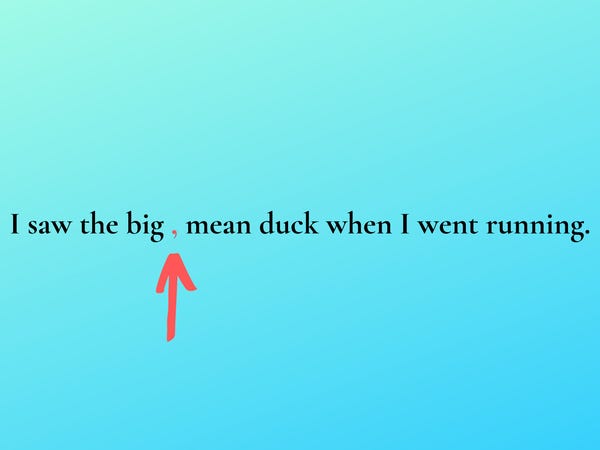
Only coordinate adjectives require a comma between them. Two adjectives are coordinate if you can answer yes to both of these questions: 1. Does the sentence still make sense if you reverse the order of the words? 2. Does the sentence still make sense if you insert “and” between the words?
Since “I saw the mean, big duck “ and “I saw the big and mean duck” both sound fine, you need the comma.
Sentences with non-coordinate adjectives, however, don’t require a comma. For example, “I lay under the powerful summer sun.” “Powerful” describes “summer sun” as a whole phrase. This often occurs with adjunct nouns, a phrase where a noun acts as an adjective describing another noun — like “chicken soup” or “dance club.”
3. Use a comma to separate independent clauses (complete thoughts) when they are joined by the following conjunctions: and, but, for, or, nor, so, yet.

An independent clause is a complete thought, i.e, a unit of grammatical organization that includes both a subject and verb and can stand on its own as a sentence. In the previous example, “I went running” and “I saw a duck” are both independent clauses, and “and” is the coordinating conjunction that connects them. Consequently, we insert a comma.
If we eliminate the second “I” from that example, the second clause lacks a subject, making it not a clause at all. In that case, it no longer needs a comma: “I went running and saw a duck.”
4. Use a comma to separate a dependent clause (incomplete thought) from an independent clause (complete thought) after a dependent clause that starts a sentence.
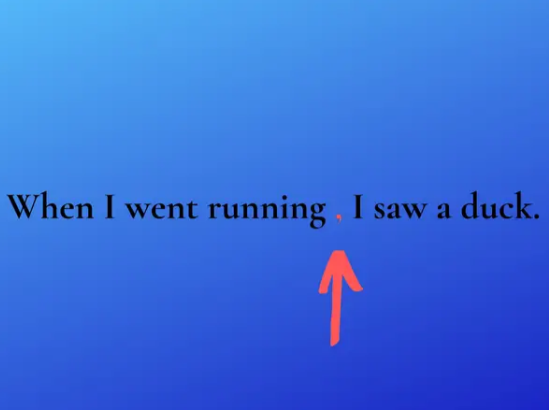
A dependent clause is an incomplete thought, i.e, a grammatical unit that contains both subject and verb but cannot stand on its own, like “When I went running …”
The dependent clause can provide the time, the condition, the reason, etc., for the event in the main clause. Commonly, dependent clauses begin with if, whether, because, although, since, when, while, unless, even though, whenever, etc.
If Smith accepts our conditions, we will agree to the proposal.
Although Smith did not accept our conditions, we agreed to the proposal.
Note that a dependent clause should be separated from an independent clause by a comma only when the dependent clause precedes the independent one. If a dependent clause ends the sentence, however, it no longer requires a comma.
Because Smith accepted our conditions, we agreed to the proposal. [correct]
We agreed to the proposal because Smith accepted our conditions. [correct]
5. Use commas before and after parts of the sentence that are not essential to its meaning.
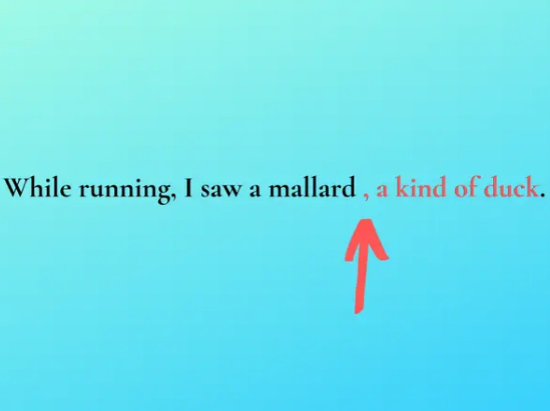
Appositives act as synonyms for a juxtaposed word or phrase, but are not essential to its meaning. In the above example — “While running, I saw a mallard, a kind of duck” — “A kind of duck” is the appositive, which gives more information about “a mallard.” but are not essential to its meaning.
If the appositive occurs in the middle of the sentence, both sides of the phrase need a comma. As in:
“A mallard, a kind of duck, attacked me.”
Such non-essential parts can be words, phrases and entire clauses. An easy way to test whether a word, a phrase, or a clause is non-essential is to simply leave it out and see whether the message changes dramatically.
The audience, indifferent at the beginning, became more and more interested.
In 1888, when my great grandmother was born, there was only one hospital in the entire country.
There’s one exception to this rule. Do not use commas to separate essential parts of the sentence. For example, “The duck that attacked me scared my friend” doesn’t require any commas. Even though the phrase “that attacked me” describes “the duck,” it provides essential information to the sentence. Otherwise, no one would know why the duck scared your friend.
Clauses that begin with “that” are usually essential to the sentence and do not require commas.
People who live in glass houses should not throw stones. [correct]
People, who live in glass houses, should not throw stones. [incorrect]
The part who live in glass houses is essential to the meaning since the only the people to whom this applies should not throw stones. The first sentence above, implies that people generally live in glass houses.
6. Use a comma after introductory adverbs or an introductory element.
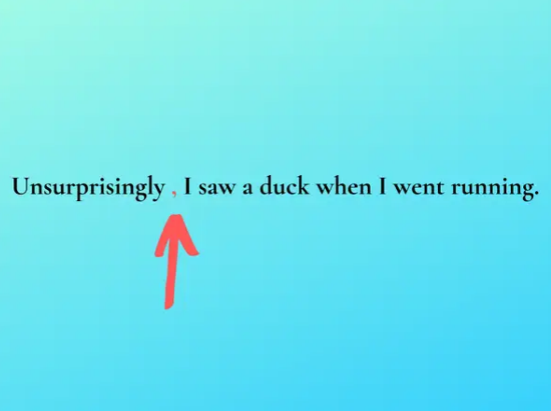
Another example: “Finally, I went running.”
Many adverbs end in “ly” and answer the question “how?” How did someone do something? How did something happen? Adverbs that don’t end in “ly,” such as “when” or “while”, usually introduce a dependent clause, which rule number two in this post already covered.
Also insert a comma when “however” starts a sentence. Phrases like “on the other hand” and “furthermore” also fall into this category.
7. Use a comma when the first word of the sentence is a freestanding “yes” or “no.”

Another example: “Yes, I saw a duck when I went running.”
8. Use a comma with direct quotations.
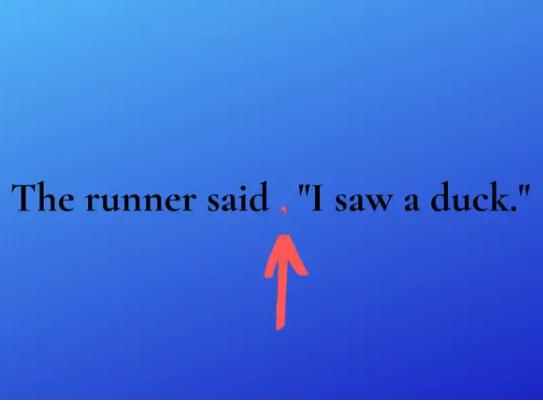
Another example: “I wouldn’t want to mess with that editor,” said one reader to another.
In American and Canadian English, the comma tends to come before the closing quotation mark, while in British English it is usually placed after the closing quotation mark.
9. Use a comma when directly addressing someone or something in a sentence.
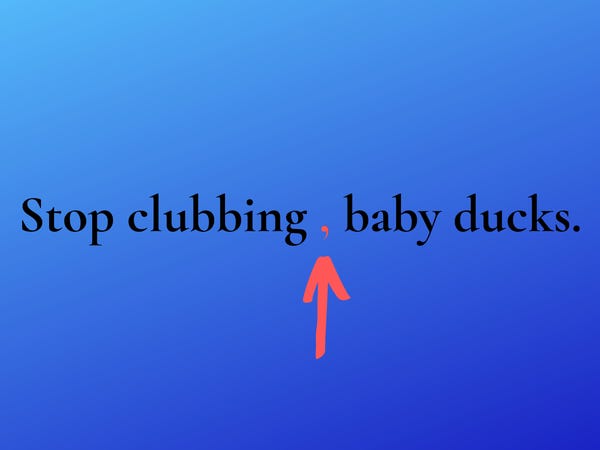
10. Beware of putting a comma before “but” every single time. It should only be used when connecting two independent clauses (despite what middle school teachers tell the students).
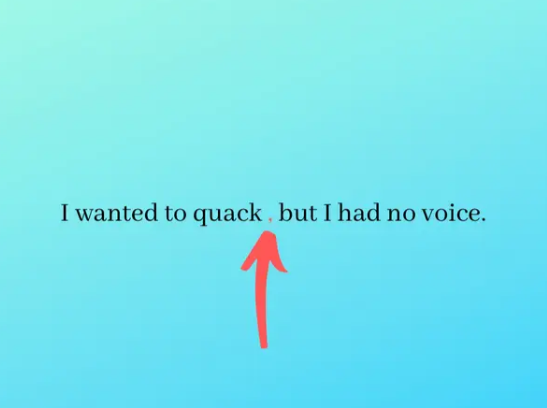
As you may recall from above, an independent clause has a subject and a verb and can stand on its own as a sentence. Often, a coordinating conjunction will connect two independent clauses — like the word “but.”
But — and it’s a big but — middle school teachers tell students to always throw a comma before “but.” Don’t do that!
You should only put a comma before “but” when connecting two independent clauses.
For example, this usage of “but” does not take a comma:
“To quack but to have no one hear is a sad thing for a duck.”
11. Use a comma to separate each element in an address. Also use a comma to separate the name of a city from a country or state.
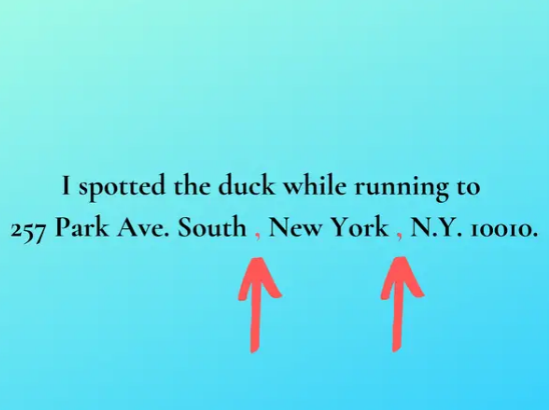
Another example: “Cleveland, Ohio, is a great city.”
12. Use a comma to separate the day of the week, the day of the month, and the year.
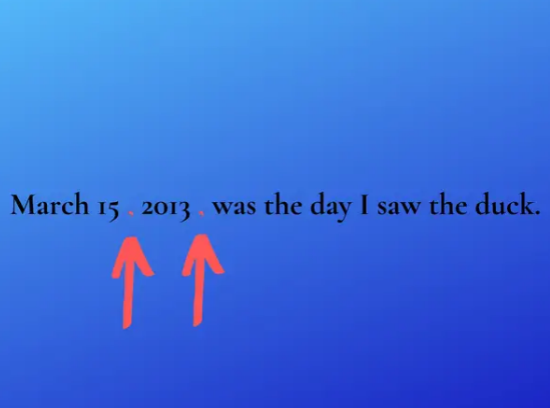
More examples:
Friday, March 15, 2013, was the day I saw the duck.
Friday, March 15, was the day I say the duck.
I saw the duck on Friday, 15 March 2013.
You don’t need to add a comma when the sentence mentions only the month and year:
March 2013 was a strange month.
13. Use commas before every sequence of three numbers when writing a number larger than 999. (Two exceptions are writing years and house numbers.)
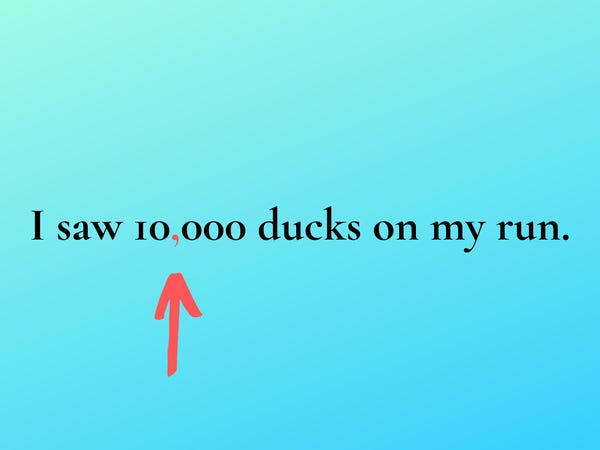
Here is a video that complements the information given above and provides an opportunity for practice.



